MAXIMUM QUALIFICATION FOR MULING’S PhD THESIS
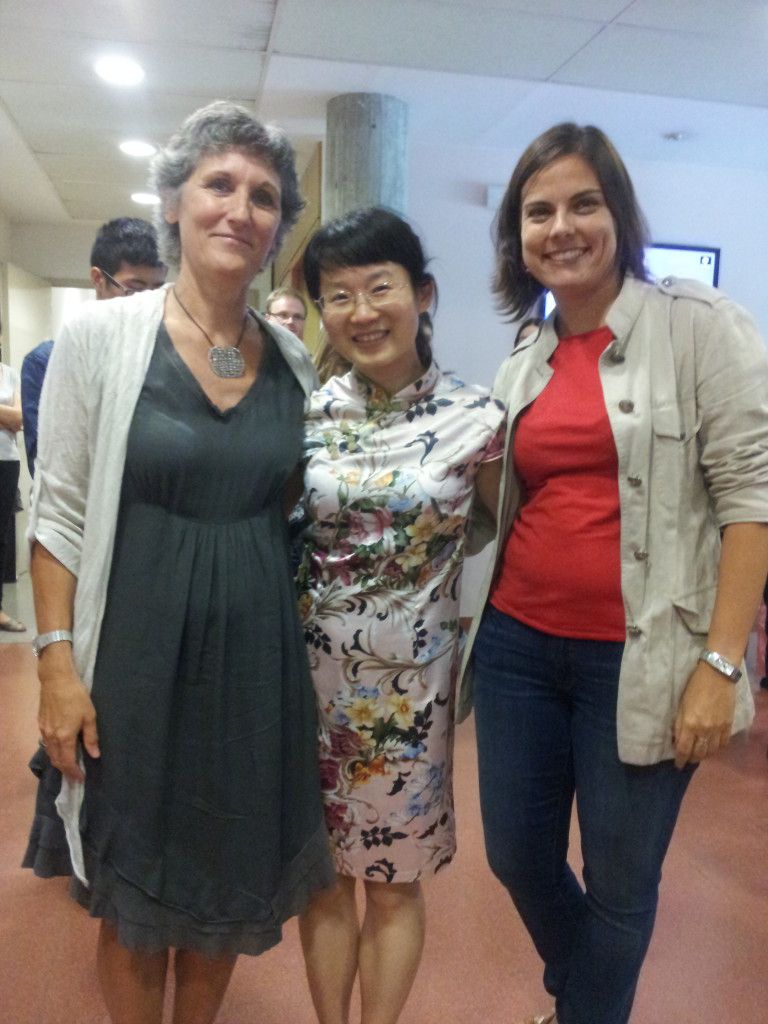
CONGRATULATIONS to her from all the n&n group members!
Muling has already accepted a post-doc at Leeds University in UK, where she is planning to start in January
Written by JAGS on . Posted in General News.

CONGRATULATIONS to her from all the n&n group members!
Muling has already accepted a post-doc at Leeds University in UK, where she is planning to start in January
Written by JAGS on . Posted in General News.
Muling Zeng has spent three years in our group and tomorrow will be her big day!
She will defend a PhD thesis entitled “Bacterial cellulose: fabrication, characterization and biocompatibility studies”
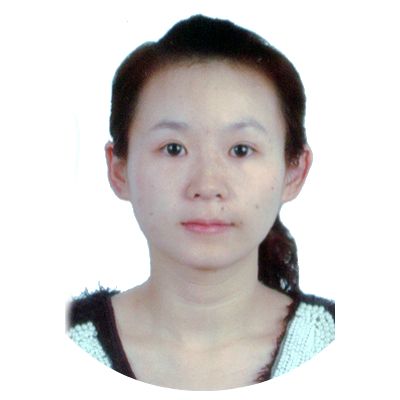 23rd September 2014 11:00am
23rd September 2014 11:00am
Sala d’Actes ICMAB
Thesis supervisors: Anna Laromaine & Anna Roig
ALL THE BEST!
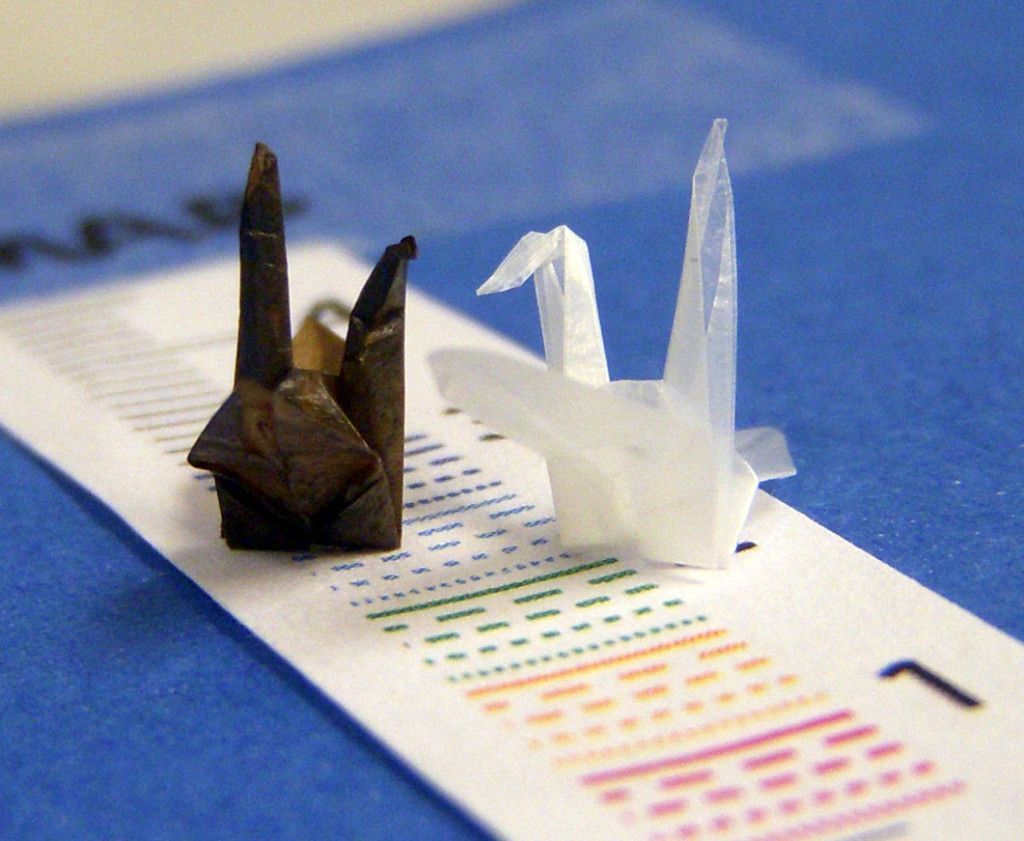
Written by JAGS on . Posted in Awards and scholarships, News.
CONGRATULATIONS ELISA!!!
The Foltra Foundation http://www.proyectofoltra.org/ awarded Elisa Carenza, as a first author under 30, with the First Edition of the Dr Ramon Rios Prize for her contribution in the paper “In vitro angiogenic performance and in vivo brain targeting of magnetizad endothelial progenitor cells for neurorepair therapies” published Jan 2014 in Nanomedicine: Nanotechnology, Biology and Medicine.Elisa succesfully defended her PhD thesis in July this year.
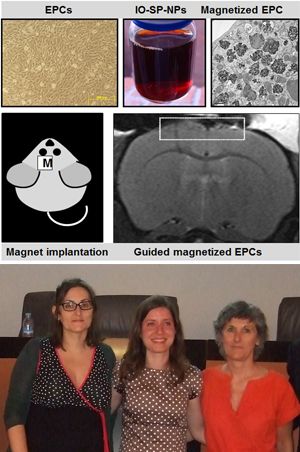
Written by JAGS on . Posted in General News.
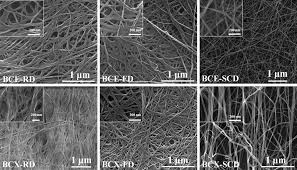 Bacterial Cellulose Films: Influence of bacterial strain and drying route on film properties from Muling Zeng, Anna Laromaine* and Anna Roig* accepted in Cellulose, DOI: 10.1007/s10570-014-0408-y
Bacterial Cellulose Films: Influence of bacterial strain and drying route on film properties from Muling Zeng, Anna Laromaine* and Anna Roig* accepted in Cellulose, DOI: 10.1007/s10570-014-0408-y
This paper reports the production of bacterial cellulose thin films from two bacterial strains, Gluconacetobacter xylinus (GX) and Gluconacetobacter europaeus (GE), and three methods of drying the films; at room temperature (RD), freeze drying (FD) and supercritical drying (SCD). The porosity, transparency, water absorption capacity and mechanical properties of the obtained films are further investigated. We conclude that materials with different properties can be fabricated by selecting the bacterial strain or the drying method.
Written by JAGS on . Posted in General News.
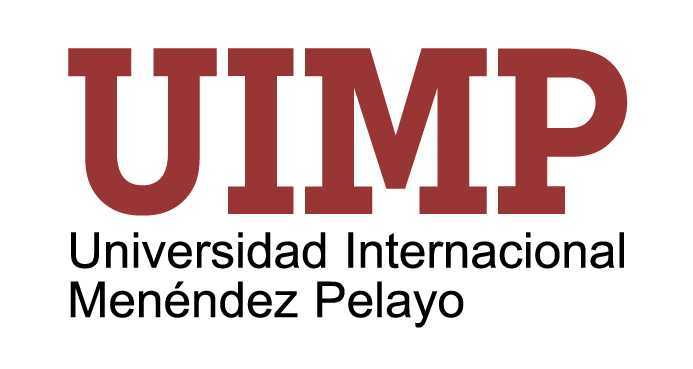
Laura González has been awarded a full scholarship to attend the summer school “Integrative cellular and molecular biology. Fundaments and frontiers of the new biology”, which will be held from the 25th to the 28th of August 2014 at the Universidad Internacional Menéndez Pelayo, Santander.
Written by JAGS on . Posted in General News.
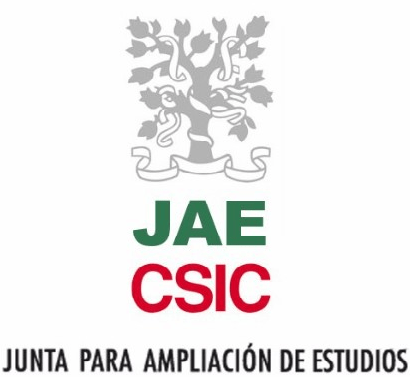 Pol Sallés, undergraduate student of the Nanoscience and Nanotechnology degree at the Universitat Autònoma de Barcelona, has been awarded with a JAE-INTRO scholarship by the CSIC to spend a three-month internship in our group. He will work on a project related to “Heterostructures of layered inorganic nanoparticles on bacterial cellulose substrates” and will be supervised by Anna Laromaine and Anna Roig.
Pol Sallés, undergraduate student of the Nanoscience and Nanotechnology degree at the Universitat Autònoma de Barcelona, has been awarded with a JAE-INTRO scholarship by the CSIC to spend a three-month internship in our group. He will work on a project related to “Heterostructures of layered inorganic nanoparticles on bacterial cellulose substrates” and will be supervised by Anna Laromaine and Anna Roig.
Written by JAGS on . Posted in General News.
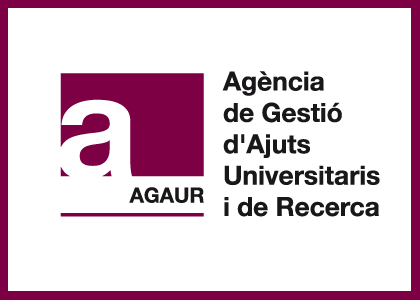 The N&N Group has been recognized as an Emerging Group (2014SGR213) accredited by the AGAUR (Agència de Gestió d’Ajuts Universitaris i de la Recerca) de la Generalitat de Catalunya.
The N&N Group has been recognized as an Emerging Group (2014SGR213) accredited by the AGAUR (Agència de Gestió d’Ajuts Universitaris i de la Recerca) de la Generalitat de Catalunya.
Our group has been also awarded with funding which is very much welcomed!
Written by JAGS on . Posted in General News.
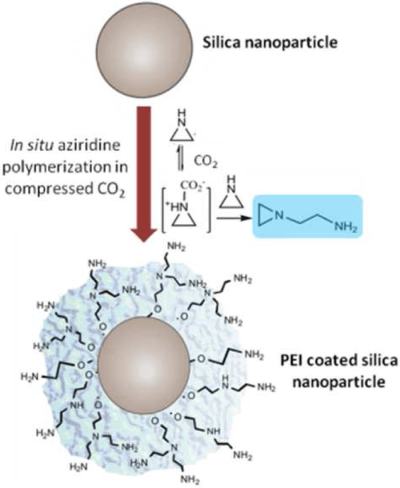 A ring-opening polymerization process catalyzed by compressed CO2 at low pressure and temperature and in the absence of any organic solvent is presented. Fabrication of hybrid materials involving two types of silica nanoparticles (one of them with a magnetic core) coated with hyperbranched polyethyleneimine of low molecular weight was succesfully achieved. Properties of the obtained materials are identified as excellent for some biomedical applications
A ring-opening polymerization process catalyzed by compressed CO2 at low pressure and temperature and in the absence of any organic solvent is presented. Fabrication of hybrid materials involving two types of silica nanoparticles (one of them with a magnetic core) coated with hyperbranched polyethyleneimine of low molecular weight was succesfully achieved. Properties of the obtained materials are identified as excellent for some biomedical applications
Written by JAGS on . Posted in General News.
Compressed antisolvent process for polymer coating of drug-loaded aerogel nanoparticles
Nerea Murillo-Cremaes, Pascal Subra-Paternault*, Javier Saurina, Anna Roig*, Concepción Domingo*
Colloid and Polymer Science (2014) DOI 10.1007/s00396-014-3260-6, published on-line June 2014
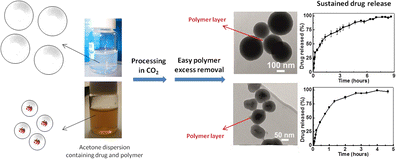 The overall objective of the present work was to modulate the release behavior of drug-impregnated silica particles from almost instantaneous release to a more sustained delivery, prolonged during several hours. Triflusal was chosen as a model drug of the low biodisponibility type. The process is based in the coating with Eudragit® RL 100 polymer of aerogel-like silica particles. Materials were processed in compressed CO2 by using the batch and semicontinuous antisolvent coating methods. Triflusal release from Eudragit-coated aerogel particles was compared with the dissolution profiles recorded for pristine triflusal and for triflusal impregnated into polymer or non-coated aerogel particles. The release profiles were determined by high-performance liquid chromatography. Eudragit-coated materials presented an intermediate drug-release rate between this obtained for the infused polymer and that of the impregnated aerogel particles. Diffusion-governed mechanisms were found for the studied aerogel-like systems after fitting the release data to both Korsmeyer-Peppas and Baker-Lonsdale equations. The major advantage of the compressed CO2 antisolvent approach was the ability to physically coat very fine particles. Moreover, the stability of the studied drug in water increased after coating.
The overall objective of the present work was to modulate the release behavior of drug-impregnated silica particles from almost instantaneous release to a more sustained delivery, prolonged during several hours. Triflusal was chosen as a model drug of the low biodisponibility type. The process is based in the coating with Eudragit® RL 100 polymer of aerogel-like silica particles. Materials were processed in compressed CO2 by using the batch and semicontinuous antisolvent coating methods. Triflusal release from Eudragit-coated aerogel particles was compared with the dissolution profiles recorded for pristine triflusal and for triflusal impregnated into polymer or non-coated aerogel particles. The release profiles were determined by high-performance liquid chromatography. Eudragit-coated materials presented an intermediate drug-release rate between this obtained for the infused polymer and that of the impregnated aerogel particles. Diffusion-governed mechanisms were found for the studied aerogel-like systems after fitting the release data to both Korsmeyer-Peppas and Baker-Lonsdale equations. The major advantage of the compressed CO2 antisolvent approach was the ability to physically coat very fine particles. Moreover, the stability of the studied drug in water increased after coating.
Written by JAGS on . Posted in General News.
Rapid synthesis of water-dispersible superparamagnetic iron oxide
nanoparticles by a microwave-assisted route for safe labeling of
endothelial progenitor cells
Elisa Carenza, Verónica Barceló, Anna Morancho, Joan Montaner, Anna Rosell*, Anna Roig*
Acta-Biomaterialia 10 (2014) pp. 3775-3785) DOI: 10.1016/j.actbio.2014.04.01

Highly crystalline citrate coated iron oxide superparamagnetic nanoparticles readily dispersible in water were fabricated by an extremely fast microwave-assisted route, the uptake of magnetic nanoparticles by endothelial cells is further investigated. Nanoparticles form large aggregates when added to complete endothelial cell media. The size of aggregates was controlled by adjusting the ionic strength of the media. The internalization of nanoparticles into endothelial cells was then investigated by transmission electron microscopy, magnetometry and chemical analysis together with cell viability assays. Interestingly, a seven-fold more efficient uptake was found for systems with larger nanoparticle aggregates which also showed significantly higher magnetic resonance imaging effectiveness without compromising cell viability and functionality. We are thus presenting an example of a straightforward microwave synthesis of citrate-coated iron oxide nanoparticles for safe endothelial progenitor cell labeling and good magnetic resonance cell imaging with potential application in magnetic cell guiding and in vivo cell tracking.
The N&N group participates in the @NextGEM_eu project, for which we prepared this video explaining how we work with c.elegans. 🪱
👉 Dr. @PolAlonso1 explains how we use these nematodes and why they are useful for assessing biological effects.
#BioEM #5G
We are thrilled to announce that Dr. @AnnaRoig8 from the @NNgroupICMAB research group (@icmabCSIC, Barcelona, Spain) will be offering a talk on "Opportunities of bacterial nanocellulose in healthcare". This Wednesday at 12.15h at the BBT Weekly Meetings, at @EEBE_UPC